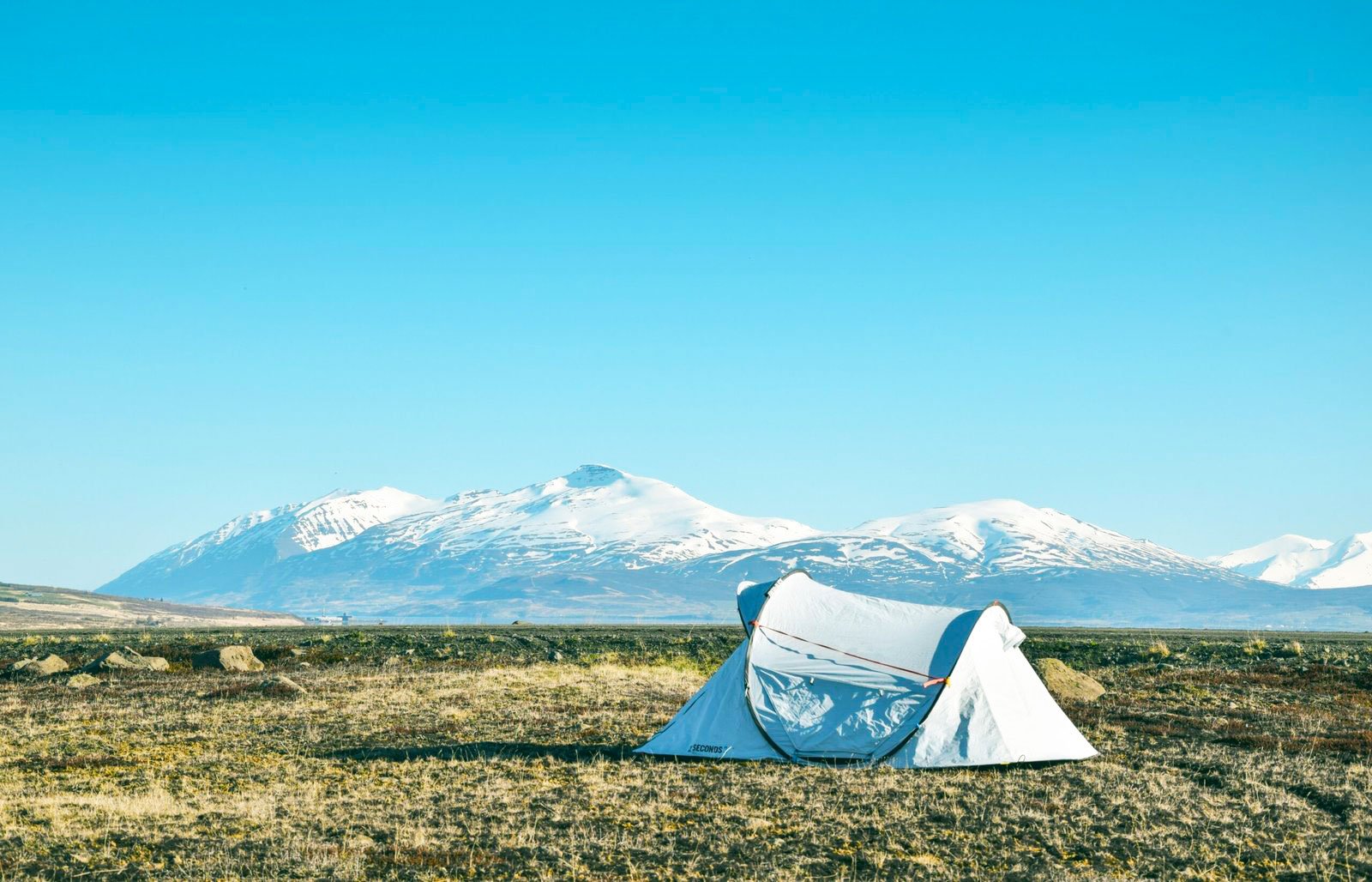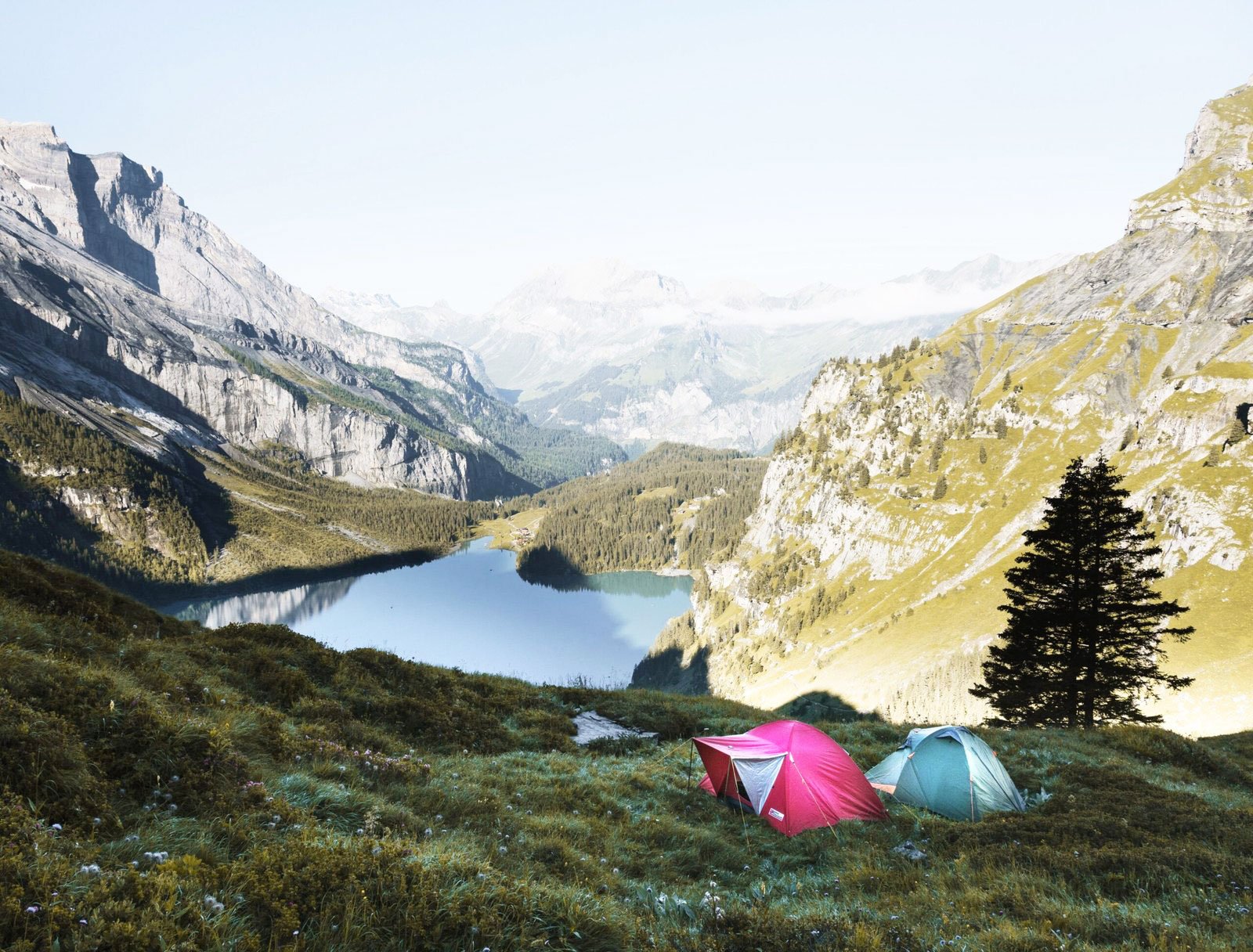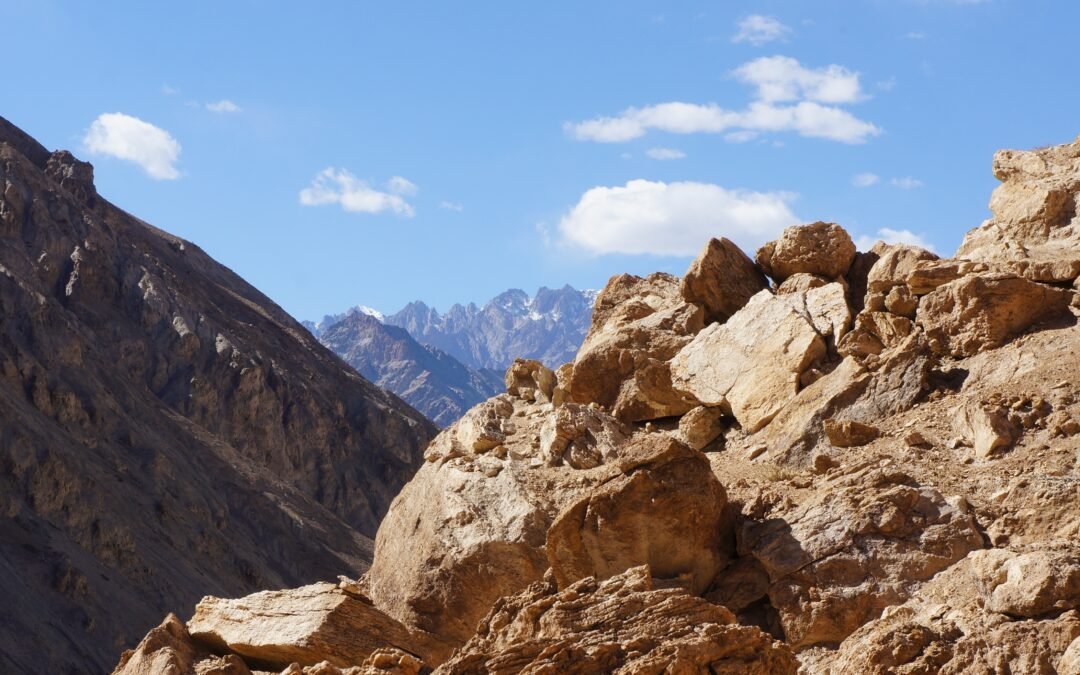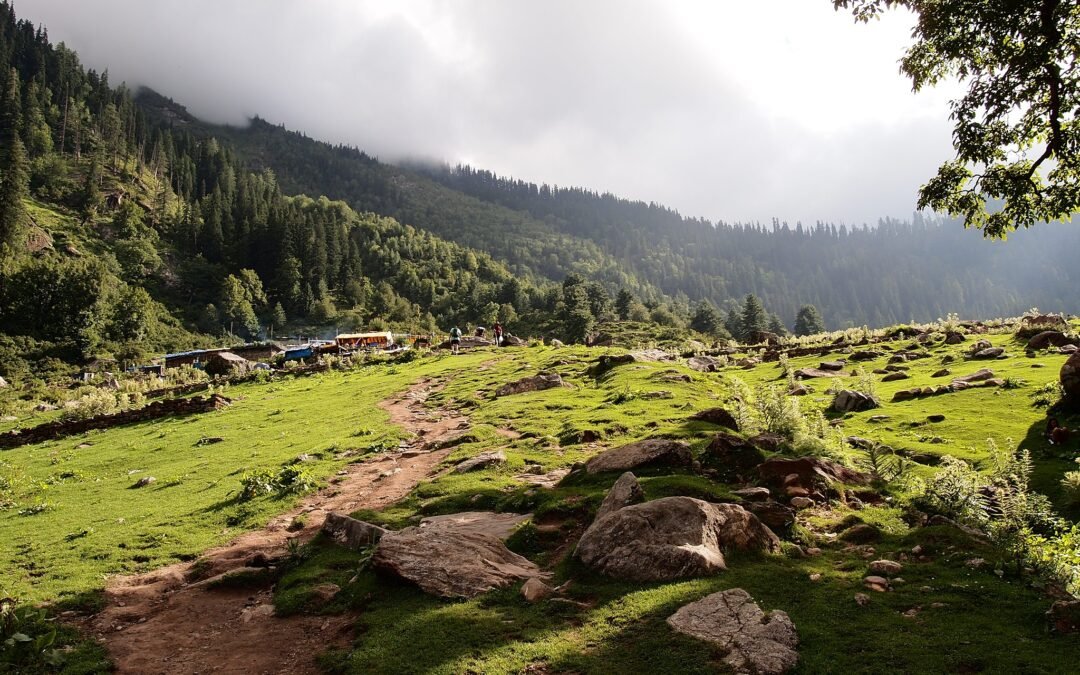
Those who enjoy this adventure often head to places like Ladakh, Spiti Valley, Zanskar, Pangi, and Kinnaur. In this blog, I’ll discuss a Spiti Valley camping trip. If you are a solo traveler, you can make your trip budget-friendly by camping. Along with this, the experience of camping in a completely silent place under thousands of stars is truly unparalleled. Let’s get started.
Camping can be done in places like Ladakh, Spiti Valley, Zanskar, Pangi, and Kinnaur. Many people find that the camping experience in these locations is different from other places. Ladakh, Spiti Valley, and Zanskar are cold deserts, so there is a scarcity of water in these areas. These places are situated at high altitudes, which means there is a risk of AMS (Acute Mountain Sickness). Sometimes, you may feel weak and experience AMS as you try to set up your camp, so you need to pay attention to acclimatization when camping at high altitudes. Keep the following tips in mind to help with your camping experience.
Most of these areas are suitable for camping. There are many beautiful spots where you can camp. If you don’t have camping experience, consider setting up your camp near a dhaba or another established campsite, or near a village and fields. This will protect you from local wildlife and make you feel safer compared to remote locations. You can also seek tips and food from local residents. However, if you have camping experience, you can set up camp anywhere. Just be aware that you cannot camp at certain lakes in Ladakh or Spiti Valley, such as Pangong, Tso Moriri, or Chandratal Lake, because these areas are restricted. You can set up your camp 500 meters away from these locations. Since Ladakh and Spiti Valley are border areas, try to camp away from army camps.
When camping, choose a location with a water stream. If possible, try to camp near a water stream, but ensure your camp is not on the water level. Check that there are no flash flood signs at your camping site.
Before camping, check the weather. If you have internet access, check the weather before setting up your camp. If you are camping in a remote location and the weather turns bad, avoid camping and stay in a nearby village homestay.
When camping, it is crucial to protect yourself from direct wind. Choose a location with minimal direct wind impact. If you camp in a windy area, ensure your tents are well-secured, as tents flying away in the wind at night can be very dangerous and adventurous.
If you plan to have a bonfire in the desert regions of Ladakh or Spiti Valley, do it very carefully. If sparks from the bonfire land in the surroundings, it could cause significant damage, so handle this activity with caution.
Since you are going to high altitudes, hydration is extremely important. Bring medicine with you and regularly sanitize your hands to avoid infections or illnesses. Emergency help can be hard to find in remote locations.
For camping, bring basic essentials like a flashlight, mosquito spray, etc. Keep your food sealed, as food odors can attract mountain animals at night.
After camping, make sure to clean up the area. The environment in Ladakh or Spiti Valley can be damaged by people like us, so it is our responsibility to keep the environment clean and tidy.
Tips for Camping

1. Where can I camp in Ladakh?
Almost anywhere! Pitch your tent at a place where there are some dhaba tents set up by locals or where there are other camps. You will mostly be allowed to camp; otherwise, negotiate for a small price. Sometimes, paying for the meals at their dhabas should be enough. Pitching near some help will also give you a sense of security.
2. DO NOT camp at restricted sites or wetlands/lakes
Camping is not allowed in restricted sites such as Army-secured zones or wetland reserves. Both lakes in Ladakh, Pangong Tso and Tso Moriri, are considered wetland reserves, and camping is illegal at the banks of these lakes. Pitch your camp away from the lakes or at a nearby village.
3. Choose a site where the water stream is nearby and wind pressure is less
Always camp near a continuous water supply and ensure that you camp higher than the creek. Also, make sure you see no signs of past flash floods in the area. Not too close and not too far. Try to choose a place where the wind will impact you the least.
4. Ensure that your camp is fastened properly & the weather is clear at night
Rain, coupled with winds in Ladakh, can uproot your tents if they are not set up correctly. Hence, make sure you properly install all the hooks and fasten the camp securely. Check the weather upfront and opt for a homestay if conditions are too bad.
5. In case of a campfire, ENSURE you put it OFF completely with no embers left
If you set up a campfire, ensure that you DO NOT light it up in places where there are thatched roofs nearby. Also, make sure you completely extinguish it before leaving the site. Slight negligence can be life-threatening and damaging for the locals.
6. Acclimatization again is a crucial factor; stay warm and well-hydrated
Acclimatization plays a critical role in camping in Ladakh. Setting up camp and then taking it down is a strenuous activity. Staying warm and well-hydrated will help you acclimatize more quickly. Keep an eye on the altitude if camping on the Manali-Leh highway.
7.Wash your hands properly and, if possible, carry a filter bottle
Wash/sanitize your hands regularly because even a stomach upset could become serious at high altitudes. Try taking a water bottle with a filter. Also, carry medicines for stomach upset, diarrhea, and other essential medications for regular or vulnerable illnesses.
8. Carry the essentials while camping in Ladakh
Carry first aid supplies, conventional medicines, a flashlight, flint, a camping knife, and mosquito repellent when camping in Ladakh. Additionally, bring enough food with a few buffer days, including dry fruits. Carry lots of ORS packets or electrolytes for oral rehydration.
Also Read: Srinagar’s Tulip Garden
9. Ensure you do not leave any food open
If you leave food items uncovered at night, it might attract wild animals when camping in Ladakh, which can lead to trouble. Always try to pack up your food after cooking and do not leave it open. You do not want to struggle with animals in Ladakh!
I’ve shared these camping tips with you. If you have any tips or issues regarding camping in Ladakh and Spiti Valley, please let me know in the comments “Thank you”.






0 Comments